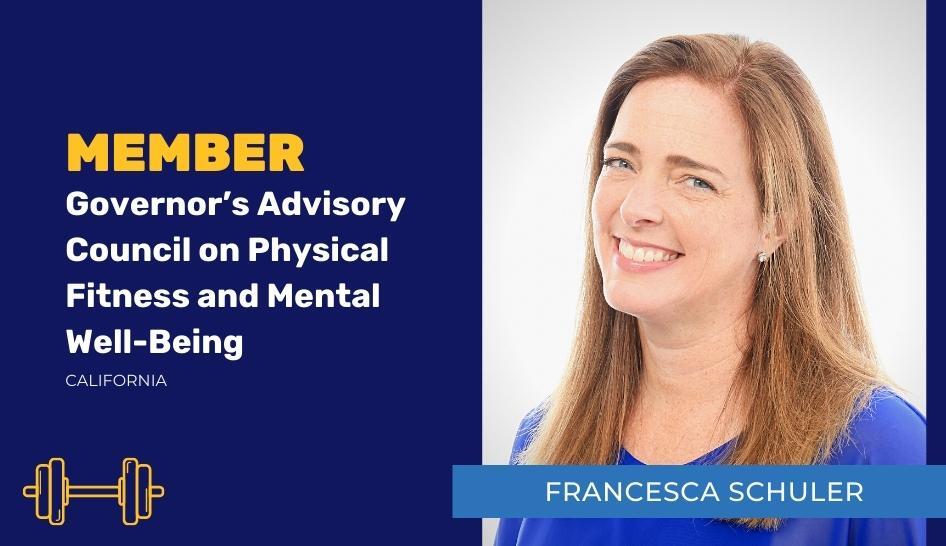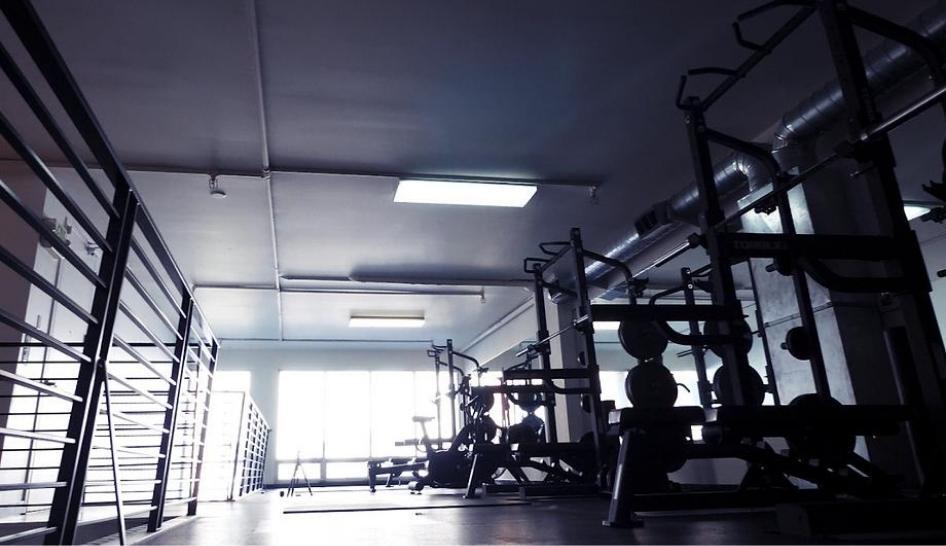Even if I said it before, I’ll gladly say it again—I’m so amazed by the things technology can do. This week’s first story is a huge step in the right direction to expand accessibility for sports fans who are blind or visually impaired.
Afterwards, we share the news of the appointees of California’s first physical and mental health advisory council and ukactive’s call to action for local governments. Plus, discover a new gym concept that perfectly—and accidentally—fits the COVID-19 mold, and read about yet another study that proves exercise greatly reduces the risk of developing anxiety.
Now, I hope you enjoy learning about the new inclusive technology as much as I did!
Australian Open Tests Action Audio to be More Inclusive of Blind Viewers
For the first time, Action Audio—technology that turns data into 3-D sound—was tested on a large scale to Australian Open viewers. The New York Times reports that this accessibility feature is meant to help those who are blind or have limited vision to follow the match. Designed in partnership with Tennis Australia, Monash University in Melbourne, Australia, and AKQA, a digital design and communications agency, in 2019, Action Audio notifies listeners of:
How close the ball is to the sideline or baseline,
Which side of the court the ball was played on,
When a player strikes the ball, and
How the ball was hit—backhand or forehand.
The video below is a sample of Action Audio, provided by AKQA.



